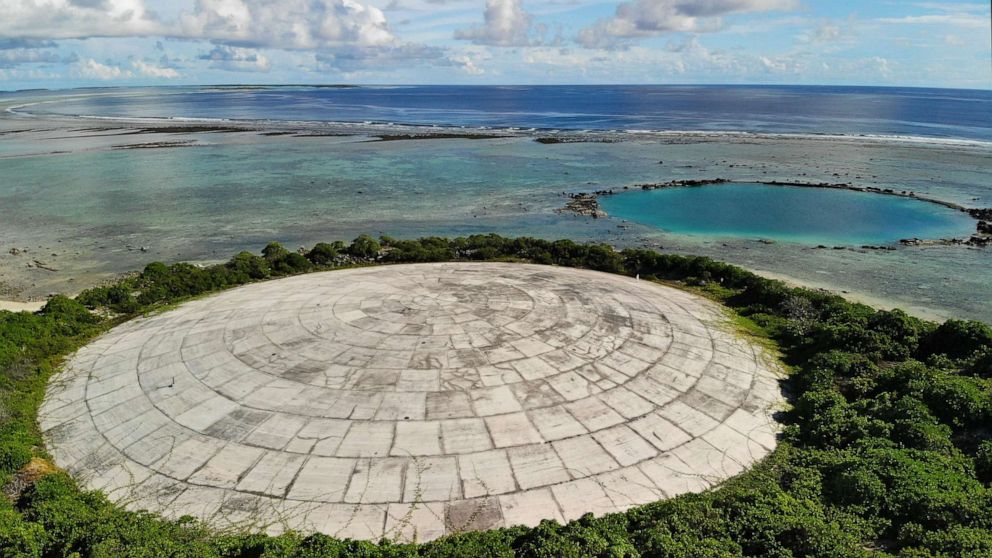Portions of Marshall Islands have more radioactivity than Chernobyl, Fukushima, study shows
Parts of the Marshall Islands where the U.S. government carried out nuclear testing are more contaminated with radioactive material than Chernobyl and Fukushima, a new study found.
Researchers from Columbia University located external gamma radiation on nine islands and four atolls on the Marshall Islands, a chain of islands in the central Pacific Ocean between Hawaii and the Philippines, according to a study published in the Proceedings of the National Academy of Sciences this week.
In addition, soil samples from 11 islands in four of the northern atolls yielded radioactive concentrations, scientists found.
The U.S. military used two of the Marshall Islands' northern atolls, Bikini and Enewetak, for the testing of 67 nuclear weapons between 1946 to 1958, according to the study.
The activity caused "unprecedented environmental contamination" and long-term health effects for the indigenous residents, even beyond the islands where the testing occurred.
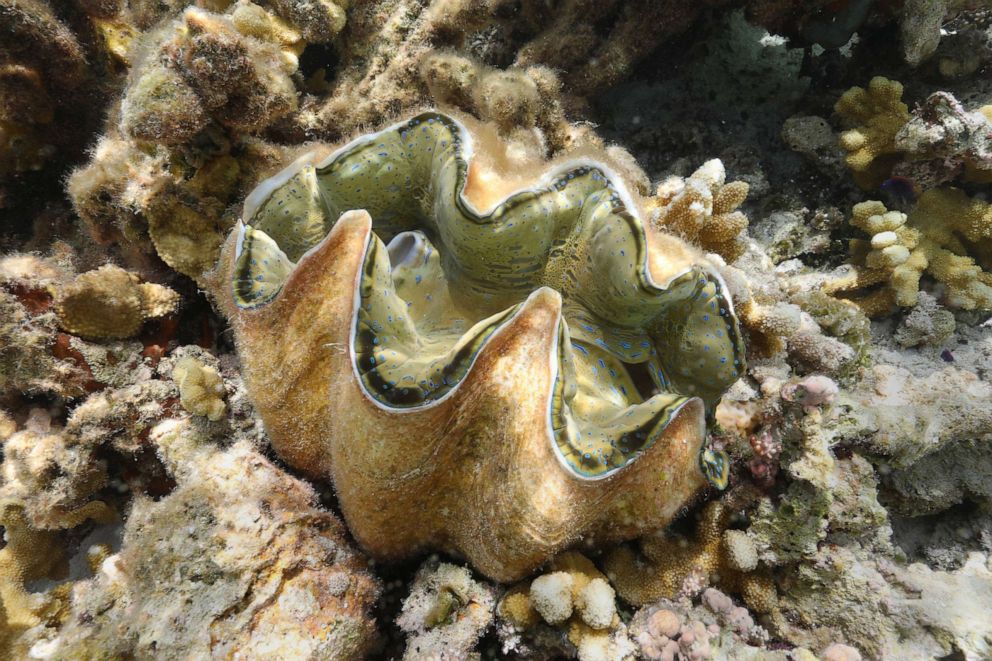
People on the islands of Rongelap and Utirik were affected by radioactive fallout that occurred on March 1, 1954, from the first-ever hydrogen test bomb known as Castle Bravo, which was the "largest nuclear test the United States has ever conducted," the study states.
Commack, New York, resident Joe Lofaso, 86, was in his early 20s when he was stationed on Bikini Island in 1954 with the U.S. Air Force and witnessed the detonation of Castle Bravo in the middle of the night, describing the dark sky as it transformed into a sight brighter than daylight.
"It was pitch black outside, and when it detonated, the nighttime turned to the eeriest, brightest day you could ever imagine -- way past normal daylight," he told ABC News. "And then it slowly went back to normal darkness."
Lofaso, who worked as an air traffic controller, said that while he and his colleagues were aware of the nuclear testing, they were not concerned about their health, and the military did not warn them about the possible health effects it may have.
However, when the hydrogen bomb went off, they were required to wear monitors around necks that checked for radiation levels, he said.
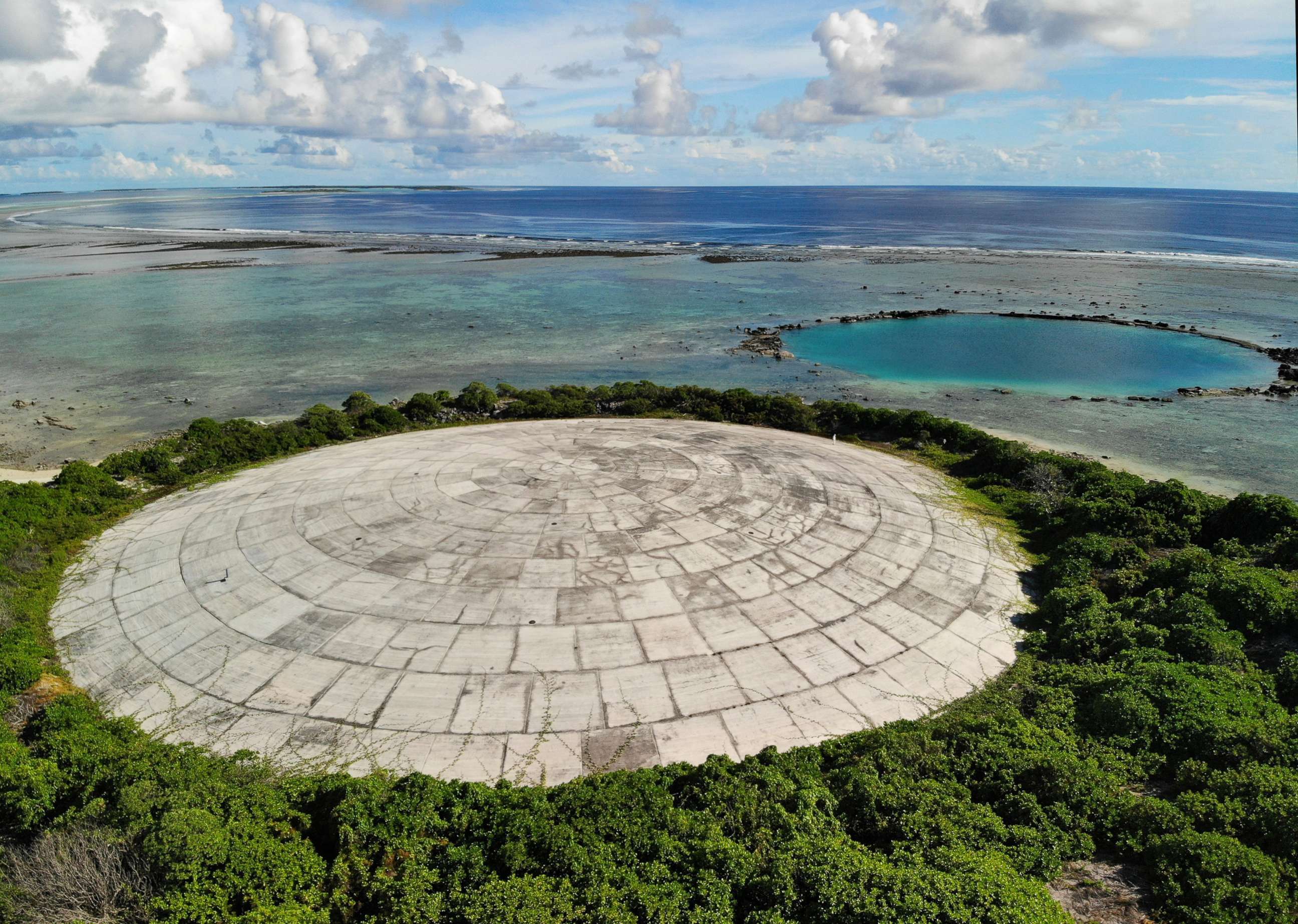
Exposure to very high levels of radiation, such as being close to an atomic blast, can cause acute health effects such as skin burns and radiation sickness as well as long-term effects such as cancer and cardiovascular disease, according to the Environmental Protection Agency.
At the time, there were no inhabitants on the remote island other than members of the military and contractors, Lofaso said. The local populations were relocated to other atolls in the region before the testing began, according to researchers.
"The military was very concerned about keeping people away from the island," he said, adding that part of his job duties was to record anything they saw, such as fishermen approaching the lagoon.
The concentration of radioactive material is still so high in some areas of the Marshall Islands -- more than 60 years after the testing -- that it is from 10 to 1,000 times higher than portions of the Chernobyl power plant, which exploded in 1986, and the Fukushima power plant, which had a disaster caused by a tsunami and earthquake in 2011, according to researchers.
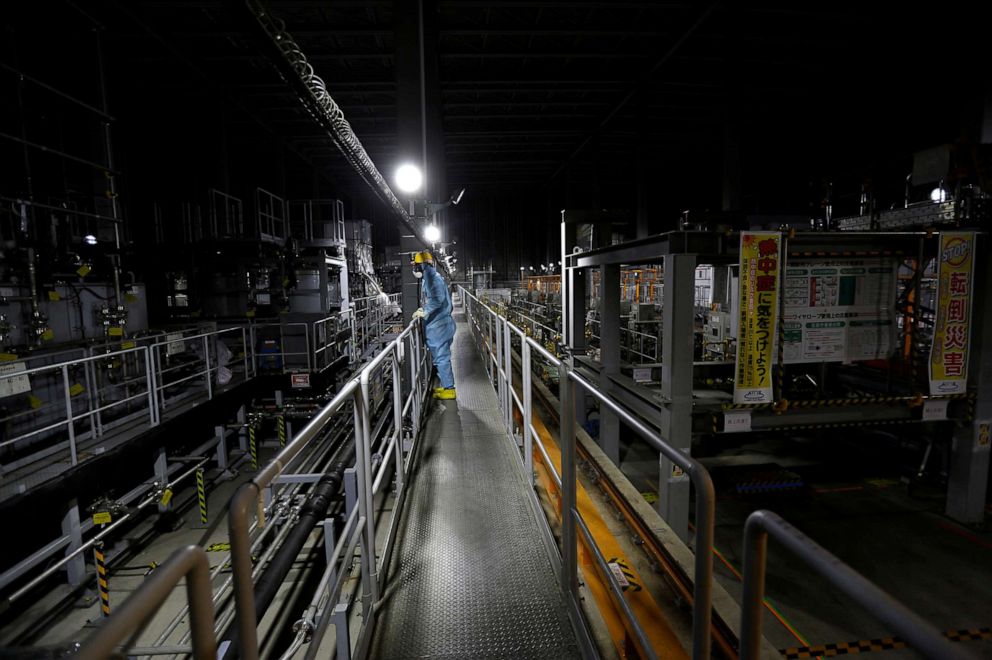
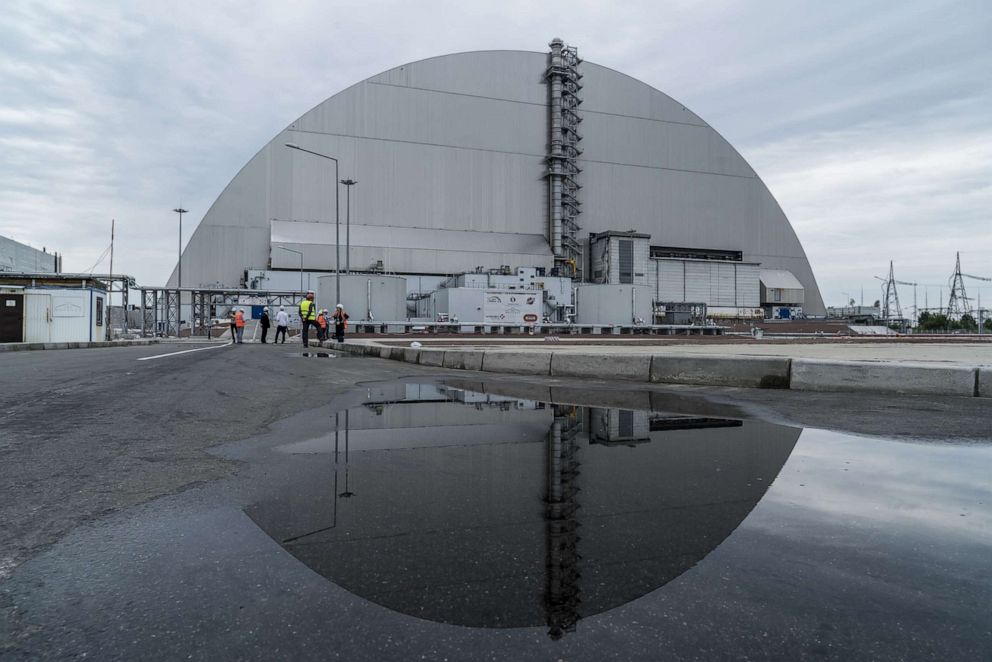
Some previous residents of the Bikini atoll resettled there in the 1960s after it was declared safe, but they left by 1978, "as it became clear that they were accumulating large exposures to radiation while living on the island," according to the study.
Lofaso has suffered bouts of cancer, including prostate cancer 23 years ago, skin cancers on his face and shoulder and cancer in both of his kidneys, he said, but it is unclear whether it was related to his time in the Marshall Islands. He is now cancer-free, he said.
Several decades ago, Lofaso received a letter from a fellow airman who participated in the operation and contracted cancer, asking him whether he had it as well, he said.
"I never heard from him again," he said.
A medical examination Lofaso underwent after receiving a letter from the Atomic Energy Commission about 30 years ago found that he was OK and radiation-free, he said.
